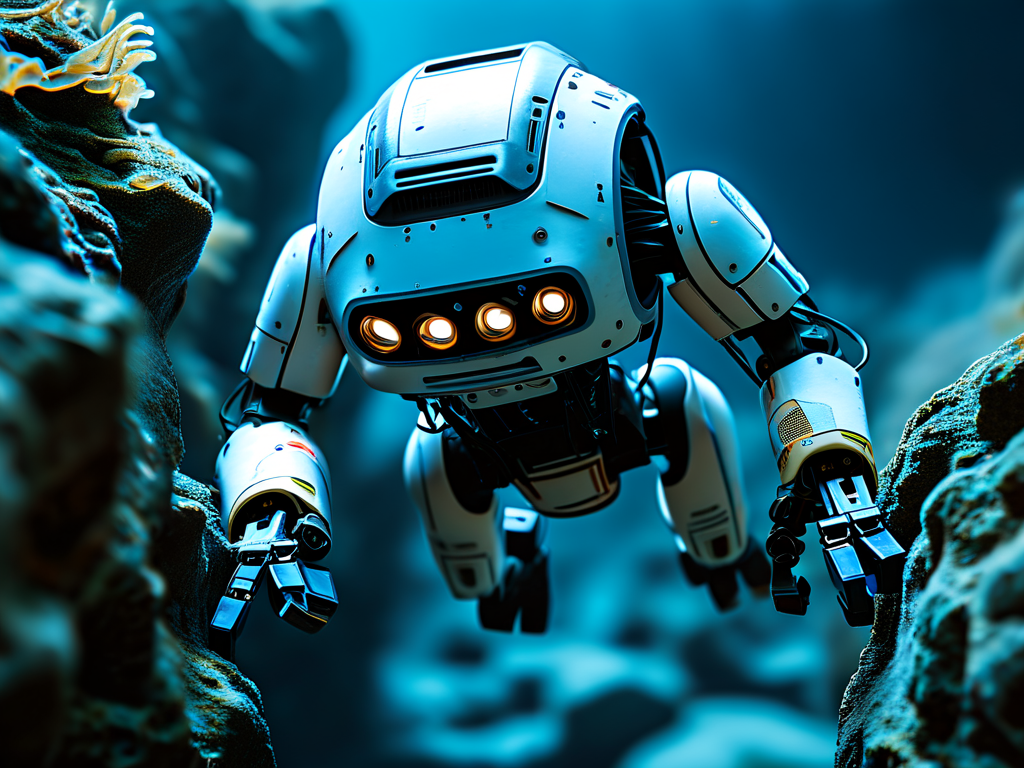The evolution of robotics has entered a transformative phase where environmental adaptability defines technological progress. Modern robotic systems are no longer confined to controlled factory settings but are increasingly deployed in dynamic, unpredictable environments. This shift demands advanced solutions enabling machines to perceive, interpret, and respond to real-world complexities autonomously.

Core Technologies Driving Adaptation
At the heart of environmental adaptation lies multisensor fusion. By integrating lidar, thermal imaging, and tactile feedback, robots construct 3D spatial awareness comparable to biological perception. For instance, agricultural drones now combine hyperspectral cameras with inertial measurement units to navigate uneven terrains while monitoring crop health. This sensor synergy allows real-time adjustments to wind patterns or obstacles without human intervention.
Machine learning architectures have also evolved beyond conventional neural networks. Meta-learning frameworks enable robots to apply prior experiences to novel scenarios – a capability critical for disaster response bots. When encountering collapsed structures, these machines rapidly adapt locomotion patterns by referencing similar geological data from training databases. Reinforcement learning further enhances this through trial-and-error optimization, as seen in underwater drones that self-calibrate propulsion systems against shifting currents.
Material Science Breakthroughs
Recent advancements in soft robotics exemplify how material innovation complements algorithmic progress. Shape-memory alloys and electroactive polymers allow robotic limbs to mimic organic flexibility. Oceanographic research vessels now deploy tentacle-like manipulators that adjust stiffness based on water pressure, enabling delicate coral sampling at varying depths. Such biomimetic designs reduce mechanical failure risks in volatile conditions.
Modular reconfiguration represents another frontier. Swarm robotics systems, like those used in wildfire containment, demonstrate how individual units collectively adapt to environmental threats. When flames alter direction, drones reconfigure their formation using decentralized decision-making protocols, optimizing heat resistance and coverage efficiency without centralized control.
Industry-Specific Implementations
In industrial automation, self-optimizing assembly lines utilize environmental feedback loops. Automotive manufacturing robots now dynamically adjust welding parameters by analyzing metal surface temperatures and material thickness in real time. This microsecond-level adaptation minimizes defects while accommodating supply chain variations in raw material quality.
The healthcare sector showcases equally remarkable applications. Surgical robots embedded with haptic feedback systems can now detect tissue elasticity variations during procedures. By cross-referencing preoperative scans with intraoperative tactile data, these systems automatically modify instrument pressure, significantly reducing postoperative complications.
Challenges and Ethical Considerations
Despite technological leaps, power management remains a critical hurdle. Autonomous robots operating in extreme environments – from Arctic research stations to volcanic monitoring sites – require energy systems that balance computational demands with operational longevity. Emerging solutions like kinetic energy harvesting and wireless charging microgrids show promise but demand further refinement.
The ethical implications of environmental adaptation also warrant scrutiny. As military organizations deploy terrain-aware unmanned vehicles, questions arise about autonomous decision-making in conflict zones. Regulatory frameworks must evolve alongside technological capabilities to ensure responsible innovation.
Future Trajectories
Ongoing research in quantum computing and neuromorphic engineering hints at next-generation adaptation capabilities. Prototype robots using quantum sensors demonstrate unprecedented precision in magnetic field navigation, potentially revolutionizing underground exploration. Meanwhile, brain-inspired chips that process sensory data through spiking neural networks could enable human-like adaptability in household service robots.
The convergence of 5G connectivity and edge computing further amplifies these possibilities. Construction robots on smart city projects already leverage distributed computing architectures to share environmental data across fleets, enabling coordinated responses to sudden weather changes while maintaining low latency.
As environmental unpredictability increases due to climate change, the demand for adaptive robotics will intensify across sectors. From precision agriculture combating soil erosion to search-and-rescue bots navigating post-disaster landscapes, these technologies are redefining humanity’s capacity to operate in challenging ecosystems. The next decade will likely witness robots transitioning from environment-aware systems to truly symbiotic entities that co-evolve with their operational habitats.
Robotic environmental adaptation represents more than technical achievement – it embodies a paradigm shift in human-machine collaboration. By mirroring biological resilience through advanced hardware and adaptive algorithms, modern robotics bridges the gap between digital intelligence and physical world variability. As research institutions and industries continue pushing these boundaries, the vision of robots seamlessly integrating into Earth’s most demanding environments inches closer to reality.









